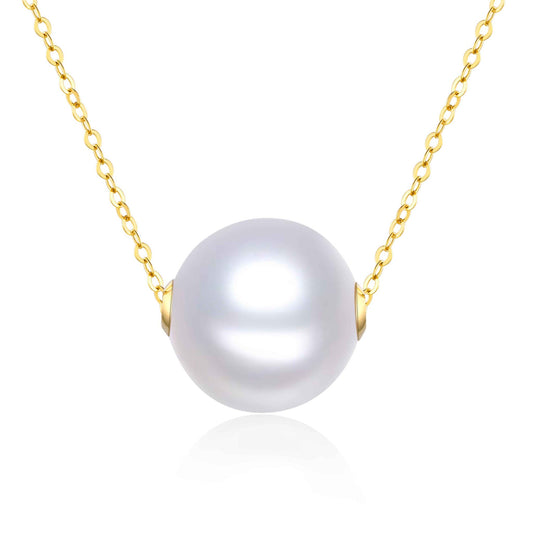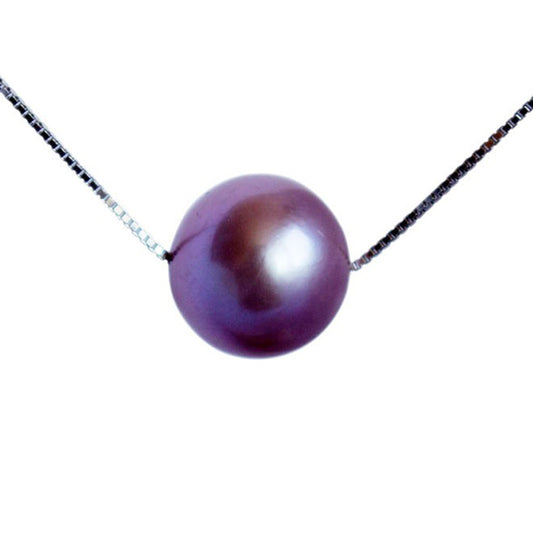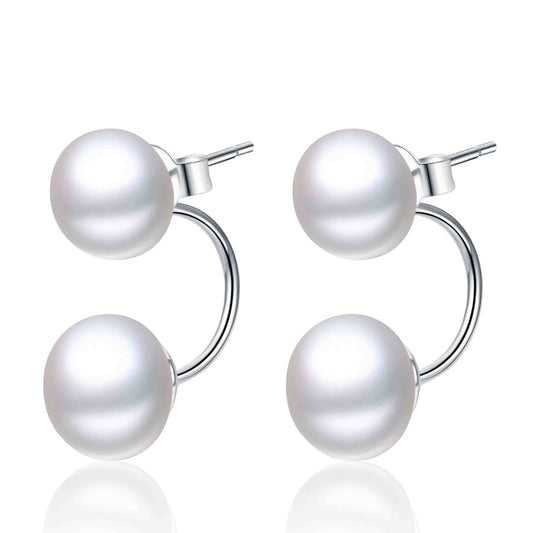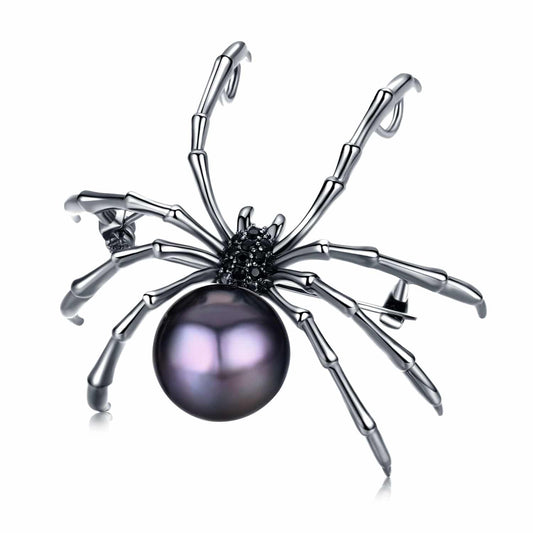Her strength forged a path for many brilliant women to come.
Sometimes the obstacles on our road just seem too many, or too difficult. But pearls teach us that with quiet determination and hard work, no obstacle is too big. Oysters work for
months to fix a big problem in the safety of their tiny shell: a grain of sand or an implanted bead. The outcome of all that hardship is a shimmering pearl. We believe that people are like oysters, and that hard times can help us channel our energies in such a way that we leave our own pearlescent legacy. In honor of this unique human quality, we have started a series to look at some of the women who have lived their lives like pearls. This is the third part of the Living like a Pearl series. Find the other stories here.
--------
“My mind is fully made up. I have not the slightest hesitation on the subject; the thorough study of medicine, I am quite resolved to go through with,” said Elizabeth Blackwell in her mid-twenties.
By then she had already worked several teaching positions to support her family after her father had passed away. Being one of nine children, it could not have been easy. She’d also been rejected at several medical schools, despite her inquiry letter having been written together with a prominent Charleston physician, Samuel Henry Dickson.
So what did she do?

Portrait of Elizabeth Blackwell by Joseph Stanley Kozlowski, 1905. Source: Upstate Medical University, New York, Library
This determined young woman, who grew up in a family who fought against slavery and spent their evenings talking about women’s rights, slavery and child labor, traveled to Philadelphia and New York herself to personally find a medical school that would take her. You may wonder why she’d been rejected. Or why she was having so much difficulty. The answer is simple: it was the 1800s and she was a woman.
But she kept inquiring (and getting rejected), and boarded with a medical doctor in Philadelphia, where she studied anatomy privately. Most people’s advice was that she either pretend to be a man or go to Paris to study. Another option was that she apprentices with a licensed doctor and becomes an unlicensed physician.
U.S. postage stamp of 1974, depicting en:Elizabeth Blackwell. Source unknown.
Finally, a school called Geneva Medical College (known today as Hobart College) accepted her. According to the Women’s History Museum, her acceptance was intended as a joke. The faculty had trouble deciding whether they should let her in, and so they held a vote with the 150 (all male) students. The young men voted her in, but it seems they did not make her time there easy.
She was forced to sit separately at lectures and was often excluded from labs. When she returned to Philadelphia to seek clinical experience between her first two terms at the college, she found a position at Blockley Almshouse (later known as Philadelphia General Hospital) where some young doctors still refused to assist her in diagnosing and treating patients.
But the practical joke backfired on the College. Not only did Blackwell continue her studies and earn the respect of her peers, but when she received her degree, the dean stood up and bowed to her. It was the year 1849 and she had just become the first woman in the history of the United States to receive a medical degree.

Photograph of an older Elizabeth Blackwell with her adopted daughter Kitty and two dogs, 1905. Courtesy of Blackwell Family Papers, Schlesinger Library
Of course, her struggles were not over – her career had only just begun. She struggled to find positions and due to an accident in her first year of work, she lost sight in one eye.
But with the quiet determination of an oyster, she continued to lay down the nacre over her grain of sand. And what emerged is a pearl which is larger than her life alone: Blackwell’s sister Emily became the third woman to receive a medical degree in the US. She and Emily started an infirmary together in New York, and Elizabeth was instrumental in founding the first medical college for women in London. She is said to have influenced almost 500 women to become medical professionals in England alone.





